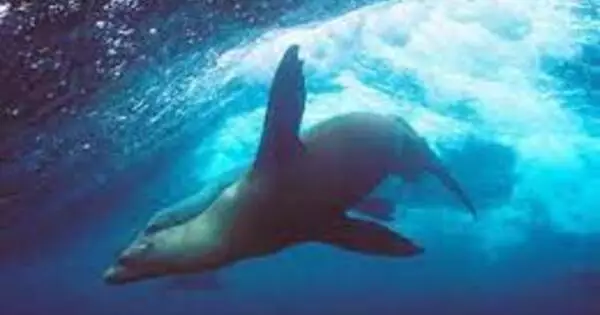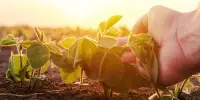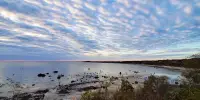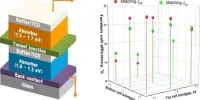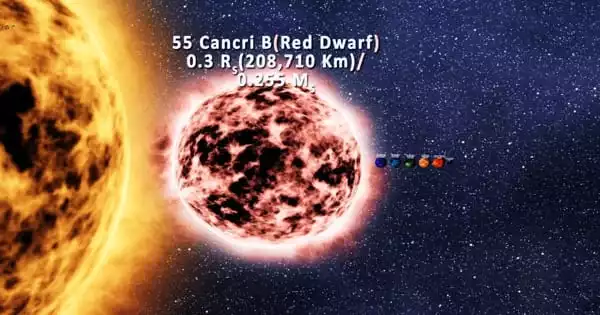Seabirds are particularly vulnerable to the effects of plastic pollution due to their feeding habits and reliance on the ocean for survival. Many seabird species, such as albatrosses, petrels, and shearwaters, visit remote areas where plastic pollution accumulates. These areas include oceanic gyres, which are large systems of circulating currents that tend to accumulate floating debris, including plastic.
An analysis of global tracking data for 77 petrel species revealed that a quarter of all plastics potentially encountered in their search for food are in remote international waters, necessitating international collaboration to address.
The extensive study tracked the movements of 7,137 individual birds from 77 petrel species, a group of widely distributed migratory seabirds that includes the critically endangered Northern Fulmar and European Storm-petrel, as well as the Critically Endangered Newell’s Shearwater. This is the first time tracking data from so many seabird species has been combined and superimposed on global maps of plastic distribution in the oceans.
The findings show that plastic pollution endangers marine life on a global scale: a quarter of all plastic exposure risk occurs in the high seas. This is largely due to gyres, which are large systems of rotating ocean currents that are fed by waste entering the sea from boats and many different countries.
Ocean currents cause big swirling collections of plastic rubbish to accumulate far from land, way out of sight and beyond the jurisdiction of any one country. We found that many species of petrel spend considerable amounts of time feeding around these mid-ocean gyres, which puts them at high risk of ingesting plastic debris.
Lizzie Pearmain
Seabirds frequently confuse small plastic fragments for food or consume plastic that has already been consumed by their prey. This can result in injury, poisoning, and starvation, and petrels are especially vulnerable because the plastic is difficult to regurgitate. During the breeding season, they frequently feed plastic to their chicks by accident. Toxic chemicals found in plastics can be harmful to seabirds.
Petrels are a vulnerable but understudied group of marine species that play an important role in oceanic food webs. Because of their widespread distribution across the ocean, they serve as important’sentinel species’ when assessing the risks of plastic pollution in the marine environment.
“Ocean currents cause big swirling collections of plastic rubbish to accumulate far from land, way out of sight and beyond the jurisdiction of any one country. We found that many species of petrel spend considerable amounts of time feeding around these mid-ocean gyres, which puts them at high risk of ingesting plastic debris,” said Lizzie Pearmain, a PhD student at the University of Cambridge’s Department of Zoology and the British Antarctic Survey, and joint corresponding author of the study.
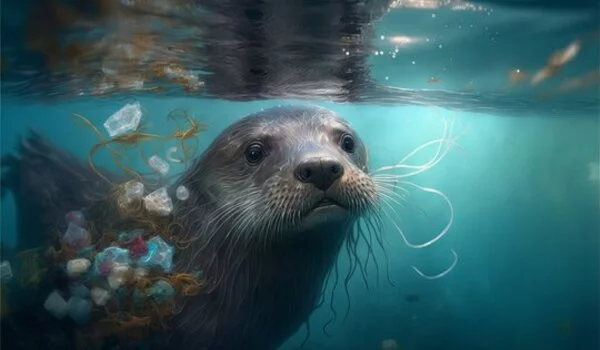
She added: “When petrels eat plastic, it can get stuck in their stomachs and be fed to their chicks. This leaves less space for food, and can cause internal injuries or release toxins.”
Climate change, bycatch, competition with fisheries, and invasive species such as mice and rats on breeding colonies are already threatening the extinction of petrels and other species. According to the researchers, plastic exposure may reduce the birds’ resilience to these other threats. Many threatened seabird species forage in mid-ocean gyres of plastic waste in the north-east Pacific, South Atlantic, and south-west Indian oceans.
“Even species with low exposure risk have been discovered to consume plastic. This demonstrates that plastic levels in the ocean are a problem for seabirds worldwide, even outside of these high exposure areas,” said Dr Bethany Clark, BirdLife International’s Seabird Science Officer and co-corresponding author of the study.
She added: “Many petrel species risk exposure to plastic in the waters of several countries and the high seas during their migrations. Due to ocean currents, this plastic debris often ends up far away from its original source. This highlights the need for international cooperation to tackle plastic pollution in the world’s oceans.”
The study also discovered that the Mediterranean and Black Seas account for more than half of the global plastic exposure risk for petrels. Only four species of petrel forage in these congested, enclosed areas.
The research was led by a collaboration between the University of Cambridge, BirdLife International, and the British Antarctic Survey, as well as Fauna & Flora International, the 5 Gyres Institute, and over 200 seabird researchers from 27 countries. It was published in the peer-reviewed journal Nature Communications.
The researchers obtained their findings by superimposing global location data from tracking devices attached to the birds onto pre-existing maps of marine plastic distribution. This enabled them to pinpoint the locations on the birds’ migration and foraging routes where they are most likely to come into contact with plastic.
Species were assigned a ‘exposure risk score’ to indicate their likelihood of encountering plastic while at sea. A number of already threatened species received high marks, including the Critically Endangered Balearic Shearwater, which breeds in the Mediterranean, and the endemic to Hawaii Newell’s Shearwater.
